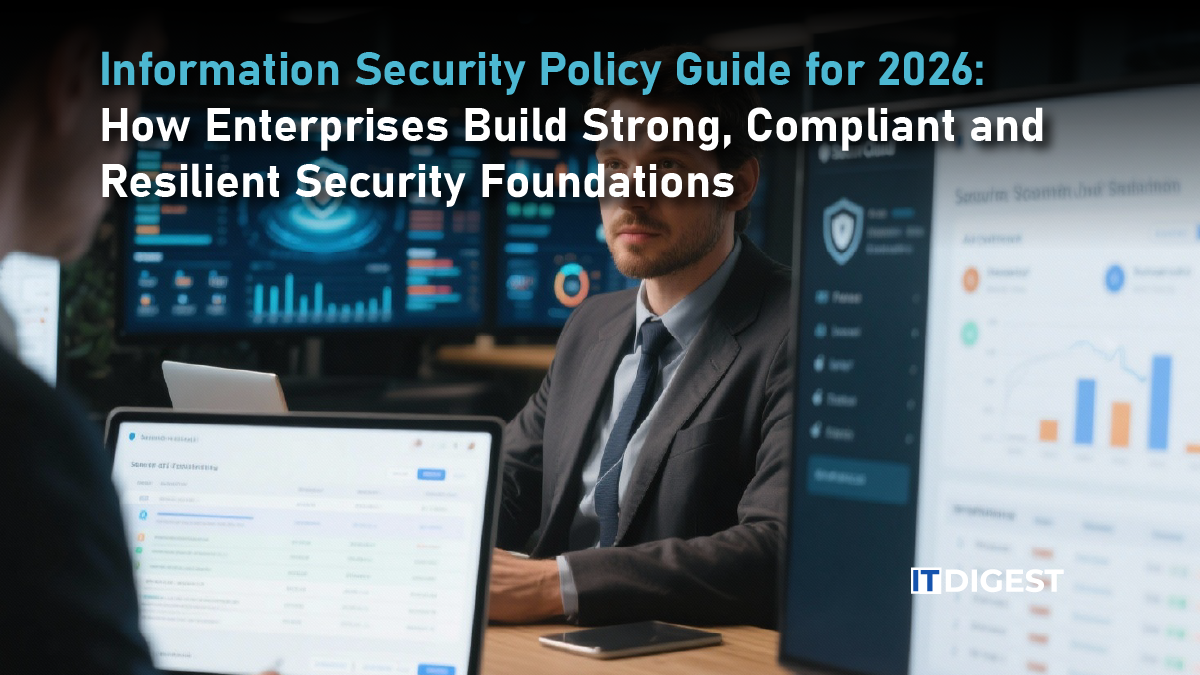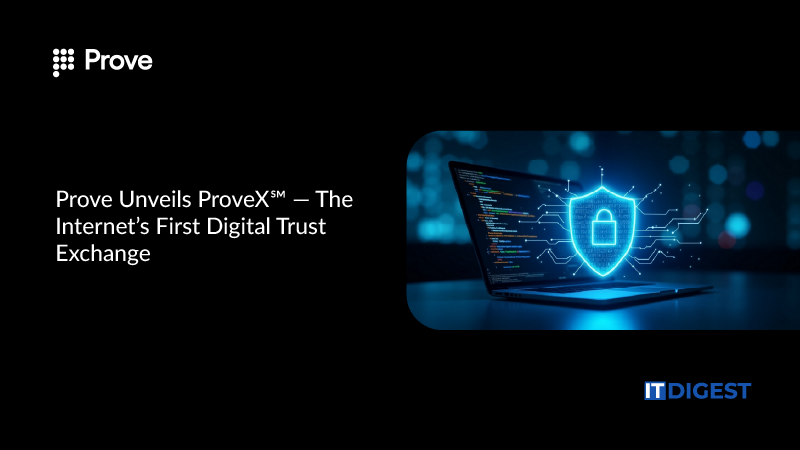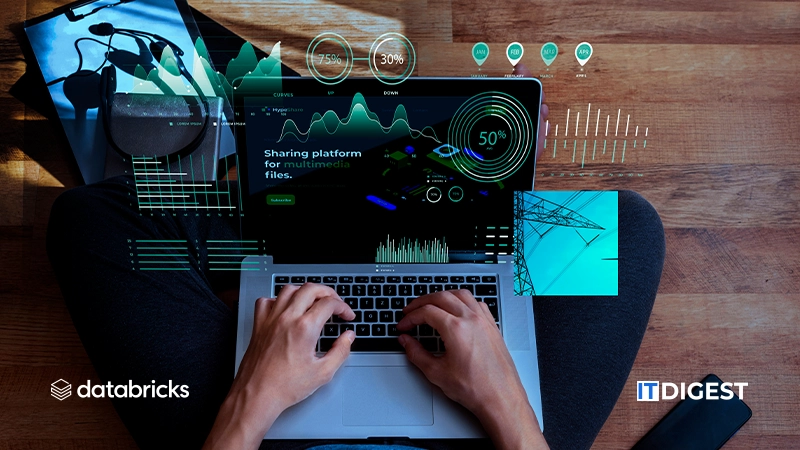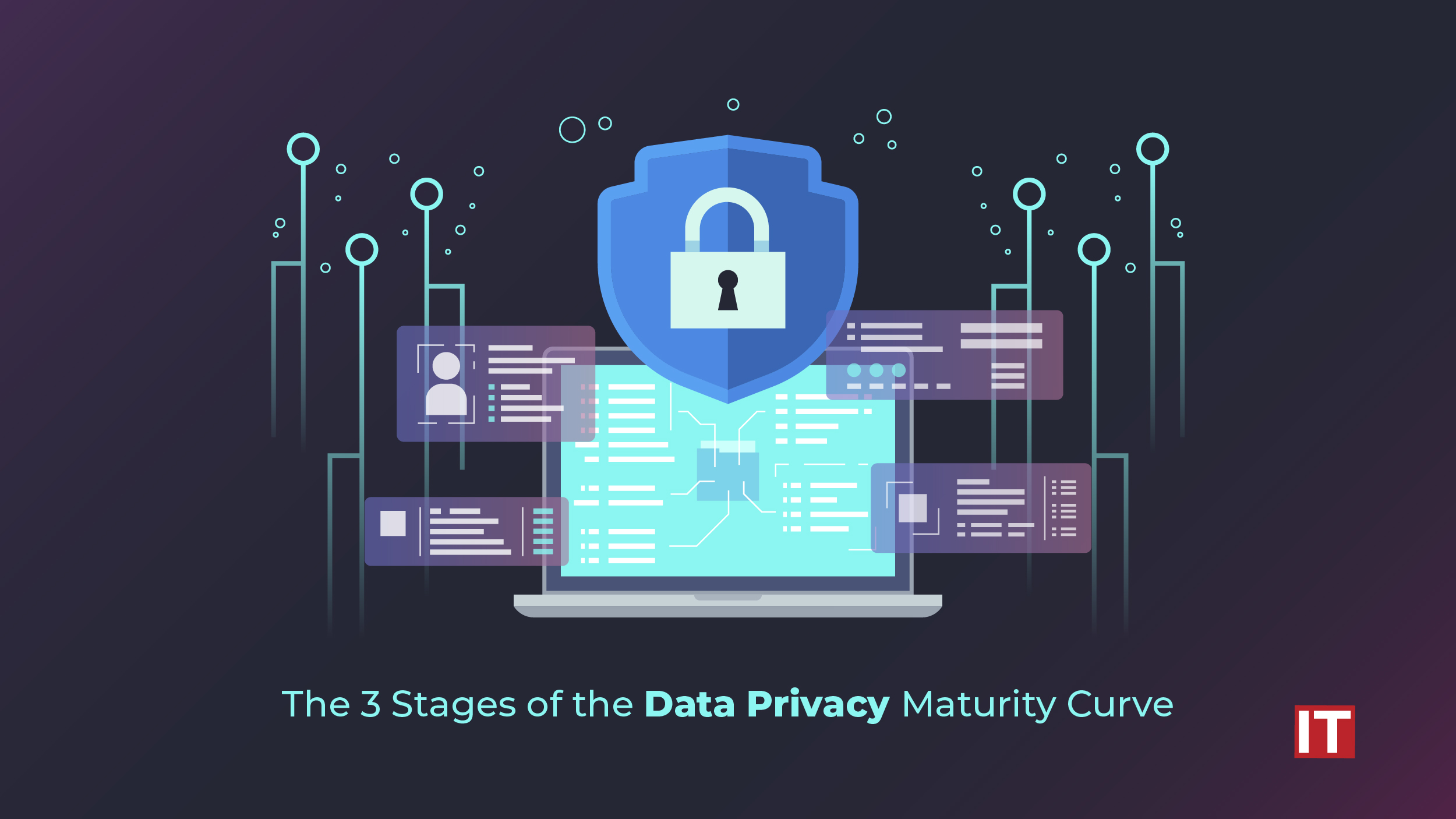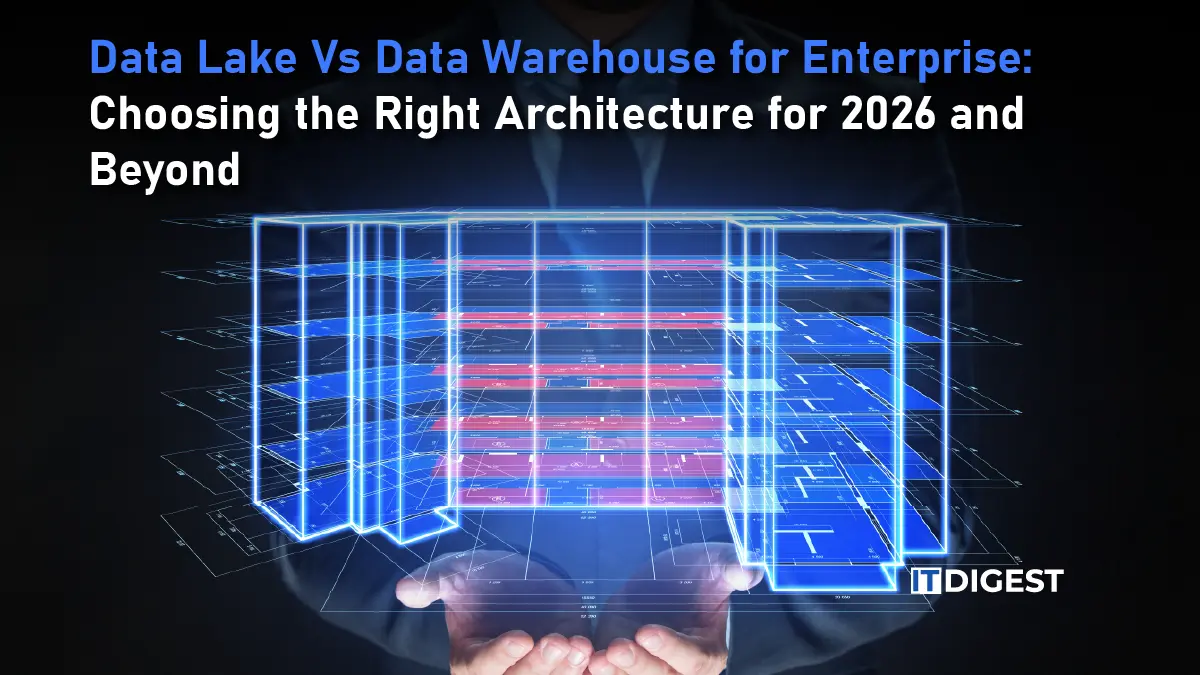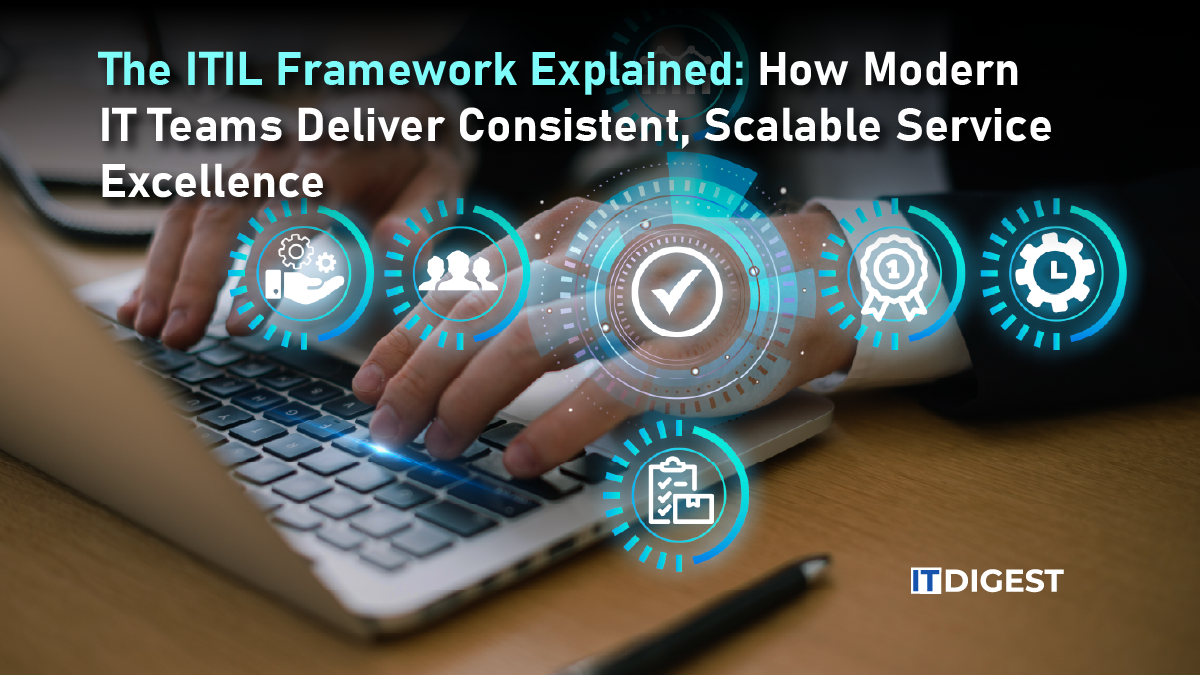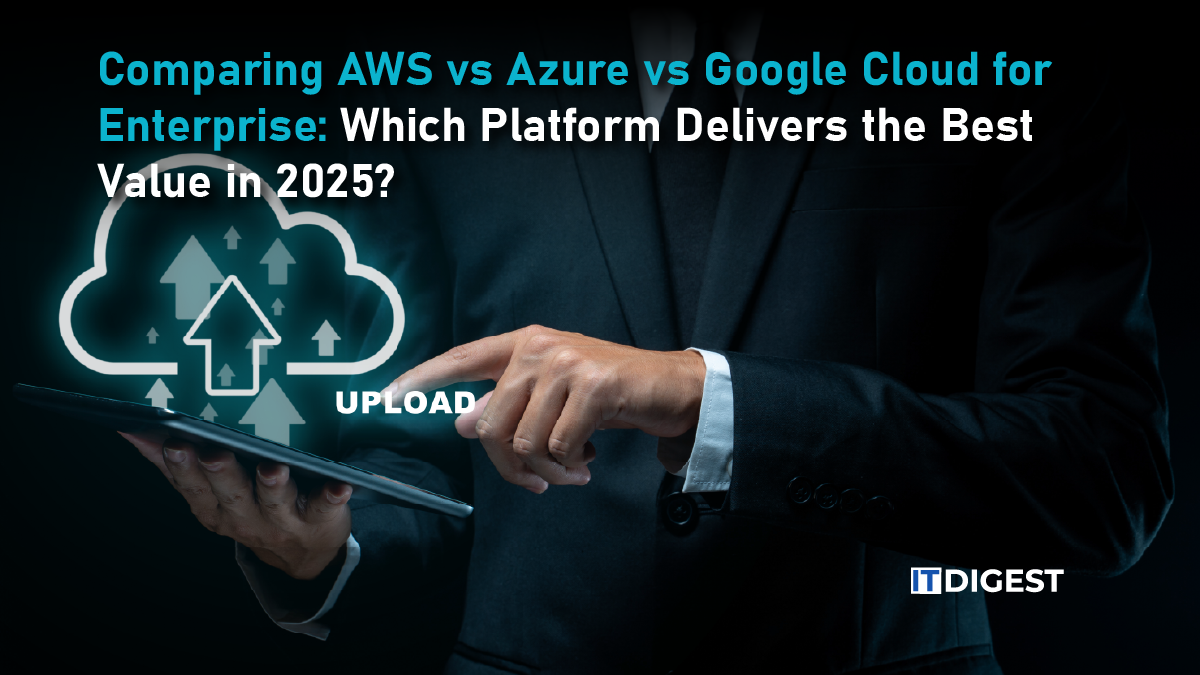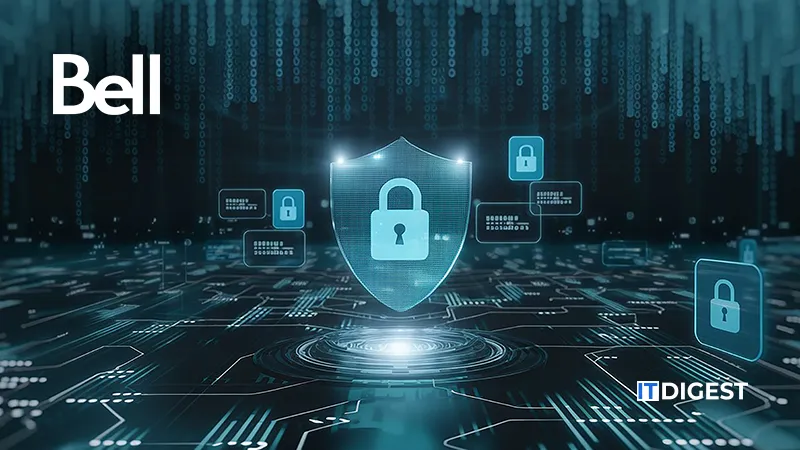In today’s digital-first business landscape, cyber threats are not just an IT issue. They are a core business risk. Boards and executives demand clear, data-driven answers to these questions: How much risk are we carrying? What’s the likely financial impact of a cyberattack? Where should we invest to reduce exposure? Cyber Risk Quantification (CRQ) provides the answers, enabling smarter, business-aligned decisions. Here’s a comprehensive, step-by-step guide to building a robust CRQ program that delivers real value to your enterprise.
Step 1: Establish Scope, Objectives, and Stakeholder Buy-in
Every successful CRQ initiative starts with clarity of purpose and alignment across the organization.
Define Scope and Objectives:
Decide what you want to quantify (e.g., enterprise-wide risk, specific business units, critical assets) and why (regulatory compliance, board reporting, investment prioritization, insurance optimization). Be explicit about the audience for your results – Are you informing the board, operational teams, or both?
Identify Stakeholders:
Form a core CRQ team that includes risk managers, cybersecurity leaders, finance, and business unit representatives. Extend the team to include data owners and process experts who can provide critical input.
Secure Executive Sponsorship:
CRQ requires cross-functional collaboration and access to sensitive data. Executive support is essential for breaking down silos and ensuring cooperation.
Set Success Metrics:
Define what success looks like; be it improved risk visibility, better investment decisions, reduced insurance premiums, or regulatory compliance.
Before starting CRQ, it is crucial to have a clear picture of the scope. This includes the target audience for the quantification results, and whether this is targeting top management for strategic decision making, or more technical stakeholders for operational decision making.
Step 2: Inventory and Prioritize Information Assets
CRQ is only as good as the data and context you feed into it. Start with a comprehensive asset inventory.
Catalog Digital Assets:
List all hardware, software, data repositories, cloud services, and third-party connections. Include both internal and external assets.
Assess Asset Criticality:
Assign a criticality rating to each asset based on its business importance, data sensitivity, and potential impact if compromised. Use risk matrices to visualize severity and prioritize assets for deeper analysis.
Map Dependencies:
Understand how assets relate to business processes and each other. Even seemingly minor assets could serve as attack vectors to more critical systems.
Update Continuously:
Asset inventories must be living documents, updated as your environment evolves.
Assigning criticality ratings to all internal and external assets reduces the amount of data that needs to be processed in the CRQ process. Risk matrices play a valuable role here, as they visually map the severity of risks across digital assets and third-party vendors, helping organizations focus on the most significant vulnerabilities.
Step 3: Select a Quantification Methodology and Gather Data
With your asset landscape mapped, it’s time to choose a quantification model and collect the necessary inputs.
Choose a Framework:
The Factor Analysis of Information Risk (FAIR) model is a widely recognized standard for CRQ, translating risk into financial terms using probability and impact. Other frameworks like ISO 27005, NIST SP 800-53, and COBIT 5 are also used, but FAIR is especially used for board-level communication.
Define Risk Scenarios:
Identify specific threat scenarios relevant to your business (e.g., ransomware attack, data breach, third-party compromise). Avoid overlap and double counting by focusing on business consequences, not just technical causes.
Collect Data:
Gather historical incident data, vulnerability assessments, threat intelligence, and business impact information. You’ll need both technical (frequency, vulnerability, controls) and financial data (cost of downtime, legal fees, lost revenue, insurance limits).
Leverage Technology:
Use CRQ platforms or tools to streamline data collection, run simulations (such as Monte Carlo), and generate range-based estimates for loss expectancy.
Validate Inputs:
Involve stakeholders to verify assumptions and ensure data quality. Where data is lacking, use industry benchmarks or vendor-provided estimates.
With FAIR, asset-based risks can be quantified per their threat and vulnerability exposure leading to the calculation of the final dollar value at risk. Monte Carlo simulation can also be triggered by users to generate a range-based estimate and predict the probability of different outcomes for the Annual Loss Expectancy.
Step 4: Calculate, Analyze, and Prioritize Cyber Risks
Now, translate your data into actionable insights.
Perform Quantitative Analysis:
For each scenario, calculate risk as:
Cyber Risk = Likelihood of Event × Financial Impact
This yields a dollar-value estimate of potential loss, which can be annualized or scenario-based.
Consider Risk Factors:
Factor in vulnerability severity, threat level, asset exposure, and effectiveness of existing controls. For impact, include direct costs (remediation, legal, notification) and indirect costs (reputation, lost business).
Prioritize Risks:
Focus on the highest-value risks, those with the greatest potential financial impact or likelihood. Use the results to build a prioritized roadmap for risk mitigation, rather than spreading resources thinly across all threats.
Benchmark and Contextualize:
Compare your quantified risks to industry peers or regulatory thresholds to justify investments and set realistic risk reduction goals.
Prioritize among risks based on probable loss exposure in dollars. Communicate to the board and the business clear financial goals for risk reduction.
Step 5: Communicate, Act, and Continuously Improve
The final step is to turn your analysis into action and ensure your CRQ program evolves with your business.
Translate Results for Stakeholders:
Present findings in business terms – dollar values, risk reduction ROI, and clear recommendations. Tailor communication for boards, executives, and operational teams.
Document and Report:
Maintain clear records of your risk quantification process, assumptions, and results. This supports regulatory compliance and enables repeatable, defensible decision-making.
Drive Action:
Use CRQ outputs to justify cybersecurity investments, inform insurance negotiations, and guide incident response planning. Focus on remediating the most impactful risks first.
Monitor and Refine:
Cyber risk is dynamic. Regularly update your models, data, and assumptions as your threat landscape, business priorities, and technology stack evolve. Track the effectiveness of risk reduction efforts and adjust as needed.
Foster a Risk-aware Culture:
Keep stakeholders engaged and informed, building a shared sense of responsibility for cyber risk management across the enterprise.
To get long term benefits from CRQ, you need to plan for repeatable and consistent quantifications. It is important to be able to explain changes in the quantification model itself, as well as the changes to the organization and wider environment that lead to changes in the inputs and consequently the outputs.
Real-world Impact
- Bystronic’s CISO halved cyber risk exposure using quantified metrics to drive targeted action.
- A large retail corporation prioritized 12 major projects with projected ROI ranging from 17% to 165% using CRQ.
- A financial services firm eliminated US$ 22 million in cybersecurity risk and secured executive buy-in for increased security investment.
These examples underscore the value of a disciplined, data-driven CRQ approach: measurable risk reduction, smarter investment, and stronger alignment between cybersecurity and business objectives.
Conclusion
Building a successful Cyber Risk Quantification program is not a one-off project. It’s an ongoing journey that transforms cybersecurity from a technical silo into a strategic business enabler. With this 5-step guide, your organization can move beyond compliance and fear-driven spending-toward a future where cyber risk is understood, managed, and mitigated in business terms. By following these five steps, your enterprise can:
- Bridge the gap between technical risk and business impact
- Prioritize investments for maximum risk reduction
- Communicate effectively with boards and executives
- Demonstrate the ROI of cybersecurity initiatives
- Foster a culture of resilience and informed decision-making
In a world where cyber threats are ever-present and ever-evolving, CRQ is your enterprise’s compass. It points the way to smarter, more confident, and more effective risk management.





